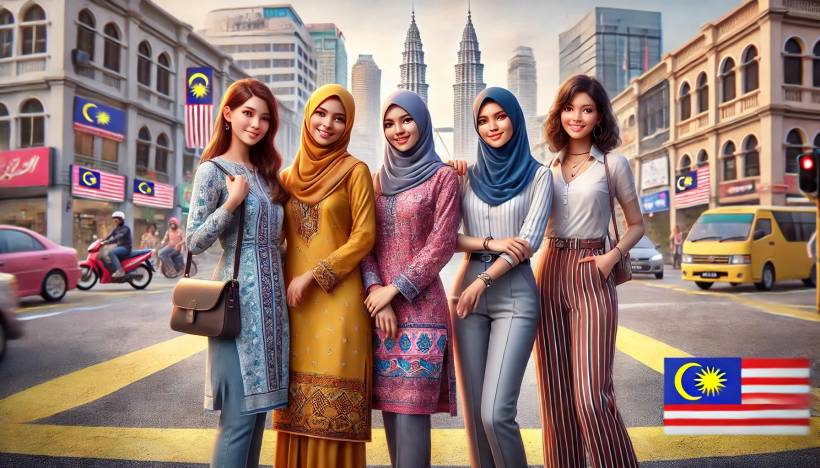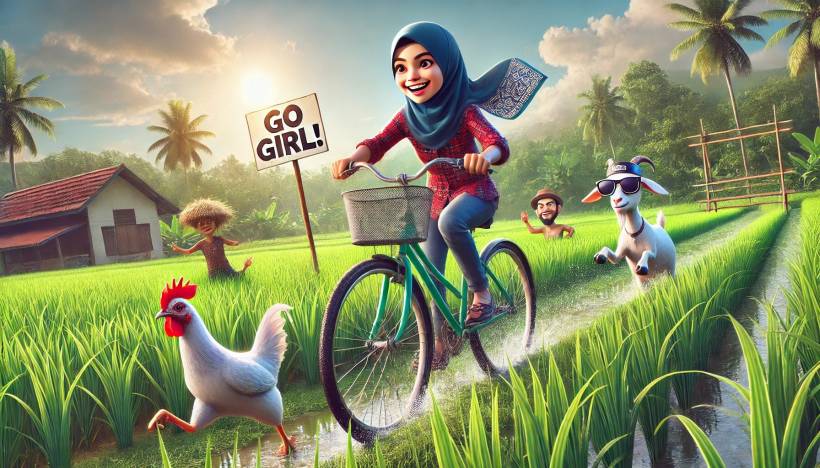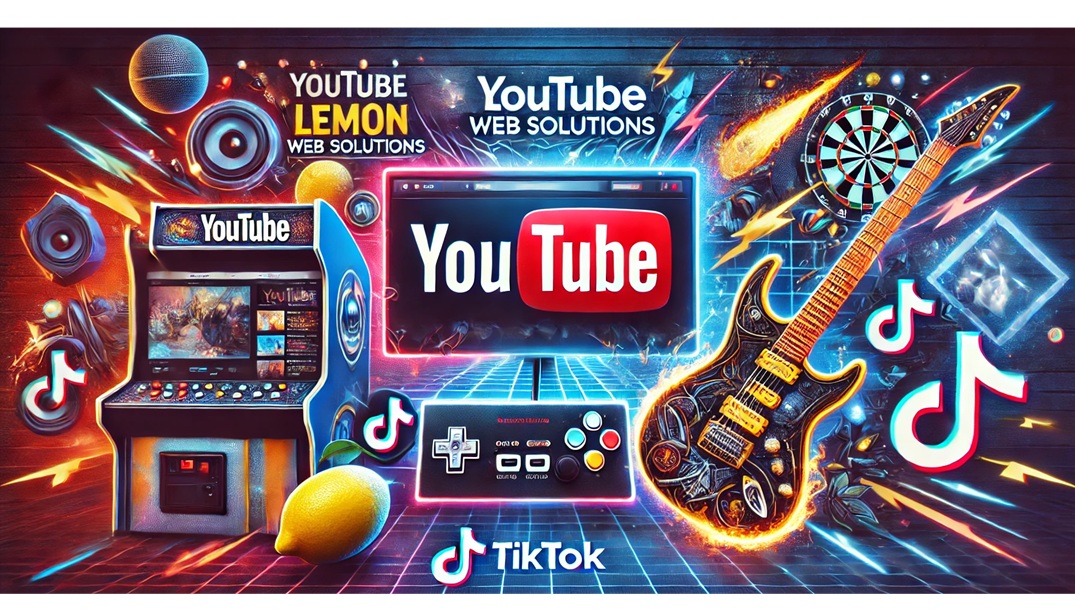So, you've probably seen it by now. Someone types a sentence like "a cat riding a motorcycle through Tokyo at night" into some magic box, and seconds later—boom! An actual image of it appears. No, it's not Photoshop. It's not even a meme. It's AI-generated image tech doing its thing.
But how does this actually work? Let's talk about it in plain English.
The Idea: Turning Words Into Pictures
At the heart of AI image generation is something called a text-to-image model. It takes a prompt—basically, whatever words you give it—and tries to imagine what that would look like if it were a photo or painting.
Let's say you typed:
"Five Malaysian women standing in a city street, wearing a mix of modern and traditional clothing."
by Author
The AI breaks this down into key ideas: five women, Malaysian, city street, clothing styles, etc. Then it tries to generate an image that visually represents those concepts.
Under the Hood: What's Going On?
Behind the scenes, this is all powered by deep learning, specifically a class of models known as diffusion models (like DALL·E or Stable Diffusion). Here's the simplified version of what they do:
So Is It Just Copy-Pasting?
Nope, that's the fun part. These images aren't copied from the internet. The AI isn't searching Google Images and stitching things together. It's generating everything from scratch based on what it has learned.
Think of it like an artist who's seen millions of photos and can now draw something completely new that matches your idea. Only the artist is a neural network, and it doesn't get tired or need coffee.
The Cool Factor (and the Caution)
The results can be jaw-dropping. You can create photorealistic portraits, fantasy landscapes, concept art, or even mockups for your next project—just by typing a sentence.
But it's not perfect. Sometimes the AI gets things weird—like hands with too many fingers or awkward poses. It's also important to know the ethics: AI models can sometimes reflect biases in their training data, and there's ongoing debate about using copyrighted or sensitive content to train these systems.
Why It's a Big Deal
For artists, designers, content creators, and even people just messing around—it's a powerful tool. You don't need to know how to draw. You just need your imagination and a good prompt.
It's like having a supercharged sketchpad that responds instantly to your ideas.
Above is another illustration generated by AI simply by typing in a few descriptive keywords. It's a fun and playful scene—a Malaysian girl riding her bicycle through a lush green rice field, with a chicken sprinting beside her like it's competing in Tour de Kampung, a goat in sunglasses casually photobombing from the bushes, and a scarecrow holding a cheeky "Go Girl!" sign like it's her biggest fan. As a designer myself, I'm genuinely amazed at how this technology works. It still blows my mind how a few lines of text can turn into a detailed, humorous, and culturally grounded image in just seconds. It's like collaborating with a tireless digital artist who doesn't sleep, doesn't complain, and has a surprisingly good sense of humor.
Final Thoughts
AI-generated image technology is changing how we think about creativity. It's not about replacing artists—it's about opening new doors for expression, storytelling, and visual experimentation. Next time you type a quirky prompt into an image generator, just remember: you're not just clicking buttons. You're collaborating with a machine that's learned to "dream" in pixels.







Comments